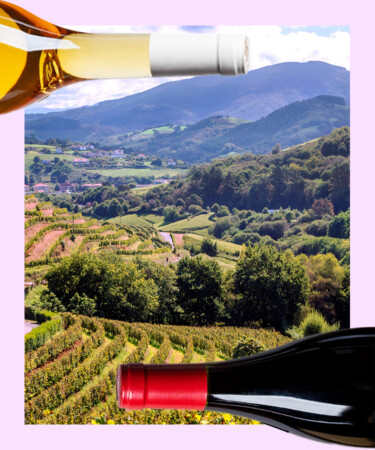When it comes to wines from Spain, no region is better known than Rioja. France has Bordeaux, Italy has Chianti, and in Spain, Rioja is the region and the wine that everyone has heard of. Rioja wines, in fact, were largely modeled after Bordeaux, especially in their use of oak barrels.
When people consider Rioja, it’s likely that they think of red wine, which accounts for more than 90 percent of Rioja’s production. But did you know that there are some phenomenal white Riojas?
While the reds are made primarily from the signature Tempranillo variety, white Riojas are based mainly on the Viura grape, known as Macabeo in France. They are often blended with small amounts of other white grapes from the region, notably Garnacha Blanca, Malvasia, and, occasionally, Tempranillo Blanco, a mutation of red Tempranillo.
Like the reds, the white wines are made in several styles based on aging requirements and use of oak. The youngest wines are typically produced without oak. Among the aged wines, Crianzas must be aged for six months in oak barrels; Riservas receive a minimum of two years of aging, including six months in barrels; and Gran Reservas are aged for at least four years, including one year in barrels. Most of the wines I tasted for this article are relatively young.
They are typically medium-bodied with medium acidity and have moderate alcohol levels in the 12 to 13.5 percent range. I think of them as an interesting alternative to Chardonnay – a bit less fruit-forward and with more herbal, floral, and citrus notes and a typical creaminess even when made without oak. They are superb food partners — the younger wines for all kinds of fish, those with more bottle age for white meats as well, including pork, veal, and turkey.
In the overall scheme of things, there aren’t too many white Riojas around — remember, they are almost a footnote in the region. But they are worth exploring, and most good wine stores will carry one or two of them.
Here are a few of them to try:
CVNE ‘Monopole’ Rioja Blanco Seco 2021
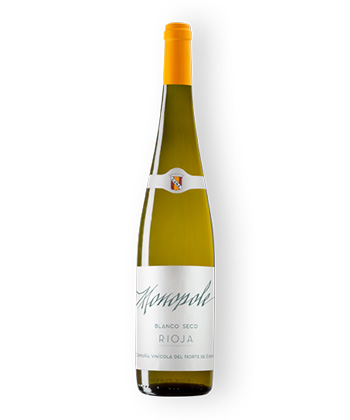
Light and fresh with good complexity, this wine shows notes of green apple, orange, hazelnut, and cumin seed with flinty minerality and a subtle vanilla overlay. Made without oak, it’s a classic young Rioja that’s delightful to drink. It’s also a steal at $13 or so and is widely available. CVNE, by the way, stands for Compañía Vinícola del Norte de España, a family-owned company that dates back to 1879.
Price: $13
Buy This Wine
Alegre Valgañón Rioja Blanco 2020
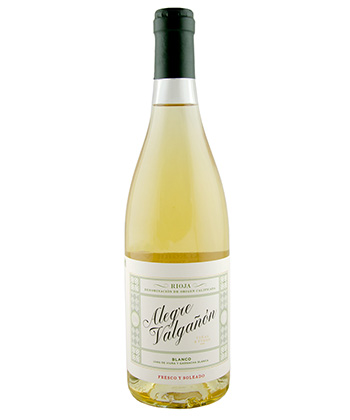
An intriguing blend of 90 percent Viura and 10 percent Garnacha Blanca, this one is made by the husband-wife team of Oscar Alegre and Eva Valgañón, who, according to their U.S. importer’s website, have embraced an older style of winemaking in Rioja by including stems during fermentation and the use of larger, older oak barrels to minimize the wood influence. Their Blanco bursts with aromas and flavors that include white grapefruit, honeysuckle, white flowers, and spearmint, with just enough oak to soften the edges.
Price: $25
Buy This Wine
Viña Ilusión Rioja Blanco 2020
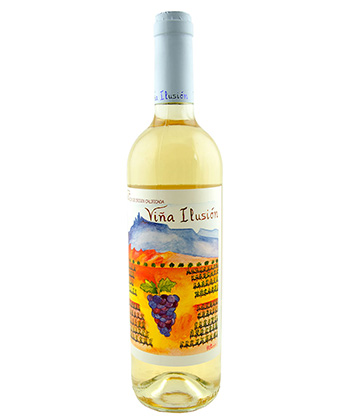
This is something of a Rioja outlier, made from 100 percent Tempranillo Blanco. The owner, Martin Alonso Etayo, farms organically and biodynamically and ferments and ages this unoaked wine in stainless steel tanks. It’s a textbook example of why you shouldn’t drink white wines too cold. The aromas and flavors — white flowers, dried apricot, pear, herbs, and a touch of white pepper — emerge as it warms up in the glass. There’s a subtle creamy overlay and chalky minerality on the long finish. Fascinating and different.
Price: $19
Buy This Wine
R. López de Heredia Viña Gravonia Crianza 2015
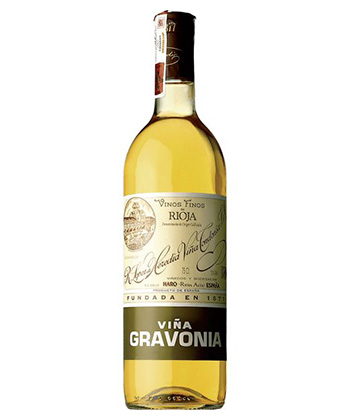
The most storied winery in Rioja, R. López de Heredia is known for its wonderfully complex wines that are aged for years before release. Hence, 2015 is the current vintage of its Viña Gravonia, a 100 percent Viura aged for four years in oak barrels — a mere youngster as far as López de Heredia’s wines go. It’s not uncommon to find examples, both red and white, that were bottled decades ago. The 2015 Gravonia is one of those wines in which you taste something new with almost every sip: dried apricot, candied orange, ripe pear, a hint of green olive, vanilla, a touch of cinnamon — all of it supported by vibrant acidity and wet-stone minerality. I can’t wait to taste it again in the coming months — and years.
Price: $45
Buy This Wine
Next up: The red wines of Italy’s Abruzzo region.
